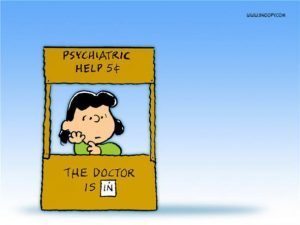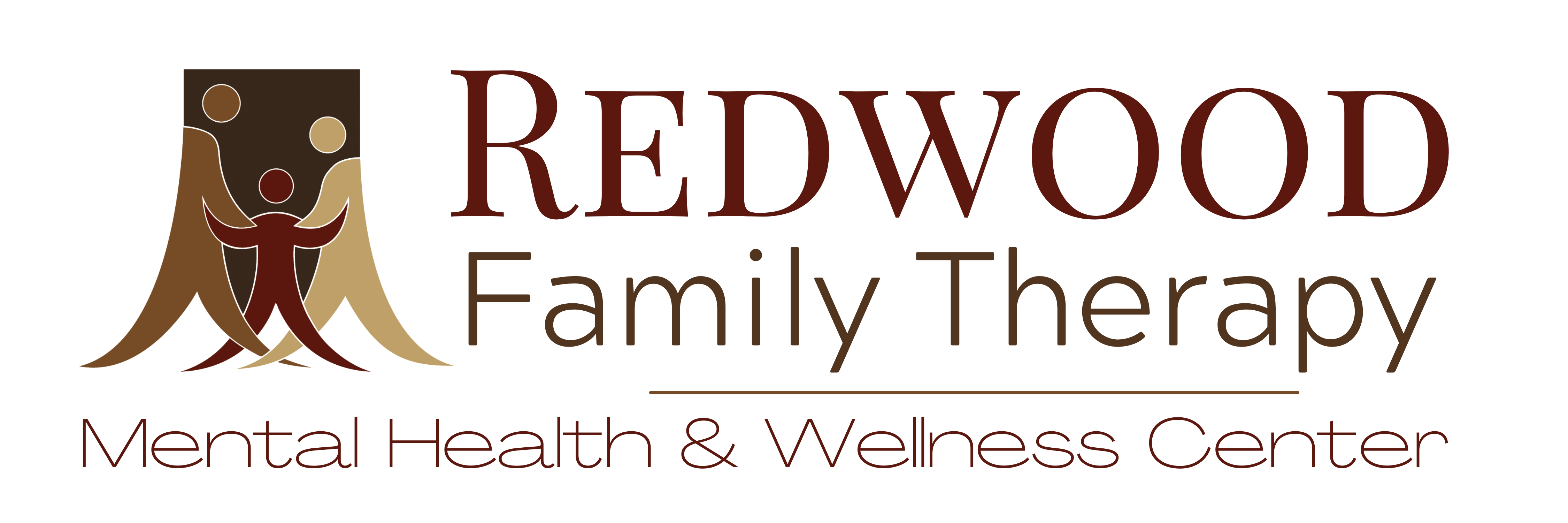Therapy- Short-Term Relief or Long-Term Healing?
 There’s something alleviating about the process of venting out our thoughts and feelings. Some amazing feelings come of that– relief, feeling understood, maybe a connection with another person, not feeling alone, etc. Someone to sit with you while you’re in pain. Even if it is in silence. I hope we have all felt that in our lives.
There’s something alleviating about the process of venting out our thoughts and feelings. Some amazing feelings come of that– relief, feeling understood, maybe a connection with another person, not feeling alone, etc. Someone to sit with you while you’re in pain. Even if it is in silence. I hope we have all felt that in our lives.
When clients come in for therapy, it is no different– they tend to experience a great amount of relief of their life stressors by coming in to talk about what they are thinking, feeling and experiencing. I love being a sounding board for clients. What a privilege it is to sit with someone in their struggle.
Clients frequently call and make an appointment when in some kind of crisis. Often times once the crisis is calmed, clients stop coming to therapy. But can I tell you something? They aren’t finished with therapy once the crisis has passed. And don’t get me wrong, I am very pleased to have helped them through their crisis and so pleased they mustered the courage and came to therapy. Ultimately, however therapy is about healing, not just alleviation.
Take a physical scratch for instance. It isn’t healed because the pain subsided or went away. Those cells are still actively working (for quite some time in many cases) to pull together, keep infection at bay, and to protect from further damage (take blood clotting to form a scab, for instance). Though we all love being out of pain, it does not mean that we are healed. We are actually near the beginning of the healing process. Depending on the type of physical wound, different treatment methods are necessary, including medication, surgery, stitches, casting, braces, I.V.s, changing one’s diet or daily habits, etc. If we don’t follow the doctor’s recommendations for healing, we experience a recurrence of pain, incomplete healing and even risk doing more damage to the wound.
Now compare that with the following therapeutic example:
A client enters therapy for the problem that they are currently having in their life. They are in emotional pain, and the therapist teaches coping skills. The client returns the following week and expresses relief of emotional pain, and the ability to manage things as they come up for them. This is wonderful and the therapist and client celebrate! The client then stops coming to therapy. The client starts to experience pain again, treating it with the use of coping skills. So we ask the question, are we treating the symptoms or the underlying problem that’s causing the symptoms in the first place?
For each identified therapeutic problem there are various methods of treatment, but I can tell you that they don’t end with coping skills. Skilled clinicians know that healing is more than noticing the emotional problem and “breathing through the pain” of it. We know that healing requires multiple steps, which take time, effort, and a new way of thinking about and behaving in situations. Always. These things ultimately lead to healing, and not masking the pain of the emotional wound, or forever suffering through it.
By using various techniques, therapists can help you heal. One of these is called Eye Movement Desensitization and Reprocessing (EMDR). EMDR is a research-based treatment used to help clients reprocess their upsetting, painful or traumatic experiences so that they no longer have their emotional pain disrupt their lives and affect their day-to-day functioning. The first step is for the client to gain/increase healthy coping and emotional grounding skills so that they can work through the process of EMDR with less distress. Healthy coping skills and habits need to be in place before reprocessing the pain that the client has identified. This is when they begin to feel alleviation. After this step, we move forward into identifying the problems to be addressed and then reprocess.
This can be compared to walking into the doctor’s office and initially talking about the issue that brought them in, the location and extent of their pain, explaining what has already been done to treat the issue (in many cases), coming up with a treatment plan to alleviate pain and symptoms, and then treat the underlying cause. Leaving therapy before the underlying cause is treated is like going to a dental office and receiving a shot to numb the pain, but not having the surgery to address what caused the pain in the first place. Pain medication wears off. Healing offers permanency.
In the end, more often than not, healing occurs. Sometimes physical scarring remains and communicates that the wound “happened”, but the physical pain has been permanently alleviated. You’ll remember and know that it happened, that pain was there, but it will be healed. This is the end goal of therapy. Healing is what I recommend for my clients.

Rachelle Hamill, MSW, LCSW, CSAT Clinical Director – Saratoga Springs
Consider this question when you are making decisions about stopping therapy- Am I searching for immediate but temporary pain relief, or the healing of the source of my pain? Ultimately, therapy can achieve both. It is up to you, but my goal will always be to help you heal.
